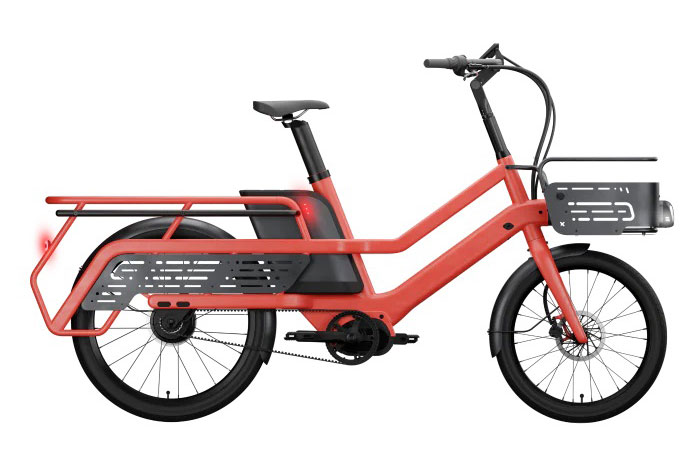
Powering the increasing number of sensor nodes used in the Internet of Things (IoT) creates a technological challenge. The economic and sustainability issues of battery-powered devices mean that wirelessly powered operation – combined with environmentally friendly circuit technologies – will be needed.
A KAUST-led international team has suggested that emerging forms of thin-film device technologies that rely on alternative semiconductor materials, which can be based on organic semiconductors, amorphous metal oxide semiconductors, semiconducting carbon nanotubes, and two-dimensional semiconductors, could provide a solution.
Set to have a major impact on daily life and many industries, the IoT connects and facilitates data exchange between a multitude of smart objects of various shapes and sizes over the internet and other sensing and communications networks. This growing hyper network is projected to reach trillions of devices by the next decade, increasing the number of sensor nodes deployed on its platform.
Currently, sensor nodes rely on batteries for the energy needed for their operation. But batteries need regular replacement, which is costly and environmentally harmful over time.
Wirelessly powered sensor nodes could help achieve a sustainable IoT by drawing energy from the environment using so-called energy harvesters, such as photovoltaic cells and radio-frequency (RF) energy harvesters, among other technologies. Large-area electronics could be key in enabling these power sources.
For their study, KAUST alumni Kalaivanan Loganathan, with Thomas Anthopoulos and coworkers, have examined the viability of various large-area electronic technologies and their potential to deliver eco-friendly, wirelessly powered Internet of Things sensor nodes.
Large-area electronics have recently emerged as an attractive alternative to conventional silicon-based technologies due to significant advances in solution-based processes, making it easier to print devices and circuits on flexible, large-area substrates. They can be produced at low temperatures and on biodegradable substrates such as paper, making them more environmentally friendly than their silicon-based counterparts.
Over the years, the team has developed a range of RF electronic components, including metal-oxide and organic polymer-based semiconductor devices known as Schottky diodes. “These devices are crucial components in wireless energy harvesters and ultimately dictate the performance and cost of the sensor nodes,” Loganathan says.
The KAUST team developed scalable methods for manufacturing RF diodes to harvest energy reaching the 5G/6G frequency range. “Such technologies provide the needed building blocks toward a more sustainable way to power the billions of sensor nodes in the near future,” Anthopoulos says.
Now, the team is investigating the monolithic integration of these low-power devices with antenna and sensors to showcase their true potential, Loganathan adds.
Journal reference:
- Luis Portilla, Kalaivanan Loganathan, Hendrik Faber, Aline Eid, Jimmy G. D. Hester, Manos M. Tentzeris, Marco Fattori, Eugenio Cantatore, Chen Jiang, Arokia Nathan, Gianluca Fiori, Taofeeq Ibn-Mohammed, Thomas D. Anthopoulos and Vincenzo Pecunia. Wirelessly powered large-area electronics for the Internet of Things. Nature Electronics, 2022; DOI: 10.1038/s41928-022-00898-5
Wirelessly powered electronics could enable greener internet of things
Source: Tambay News






0 Comments